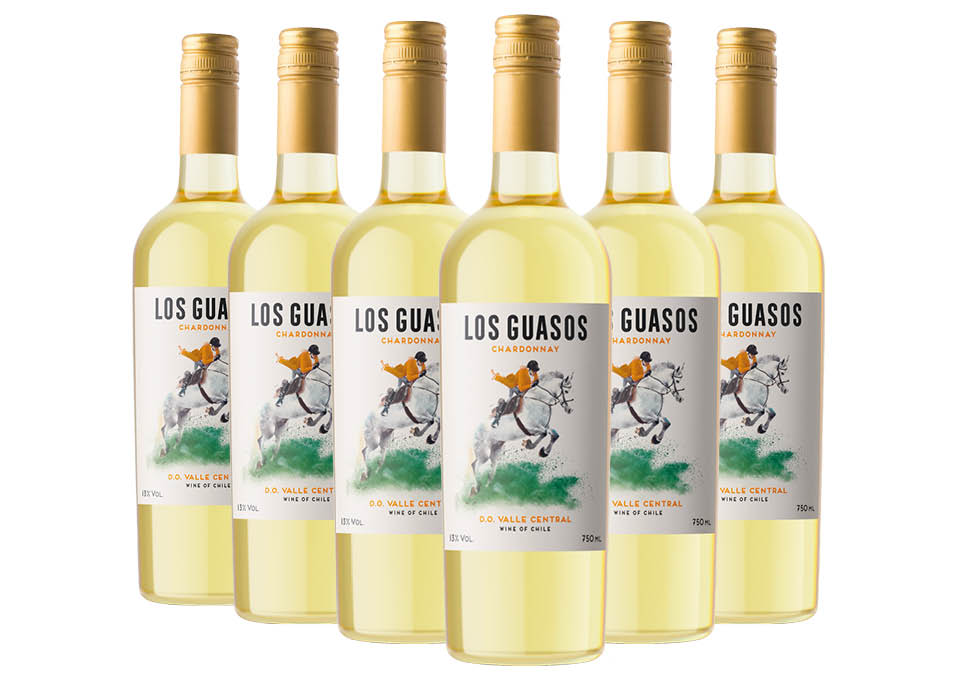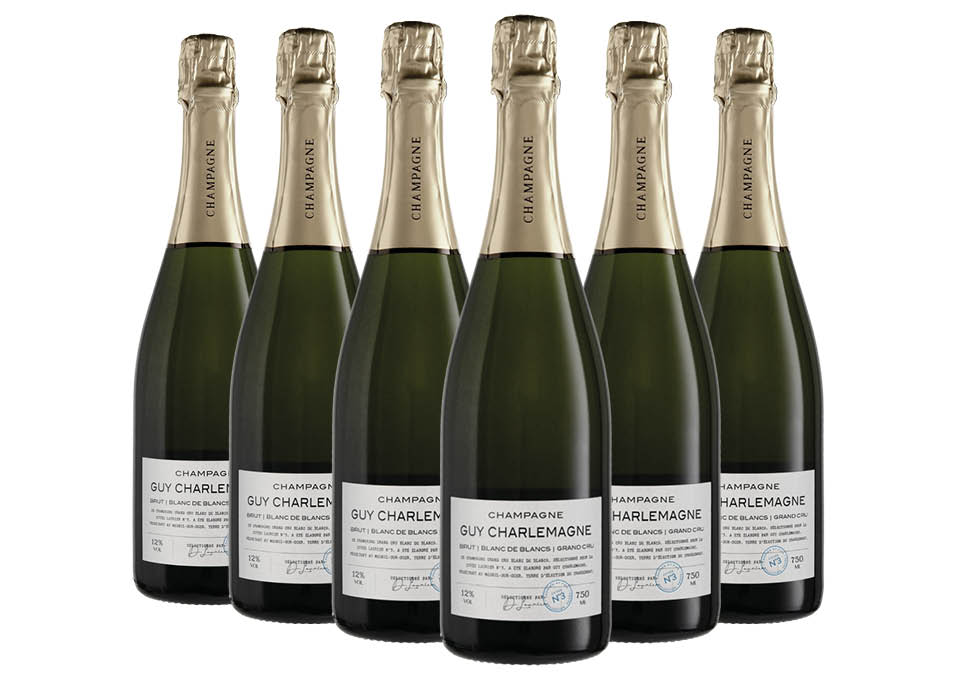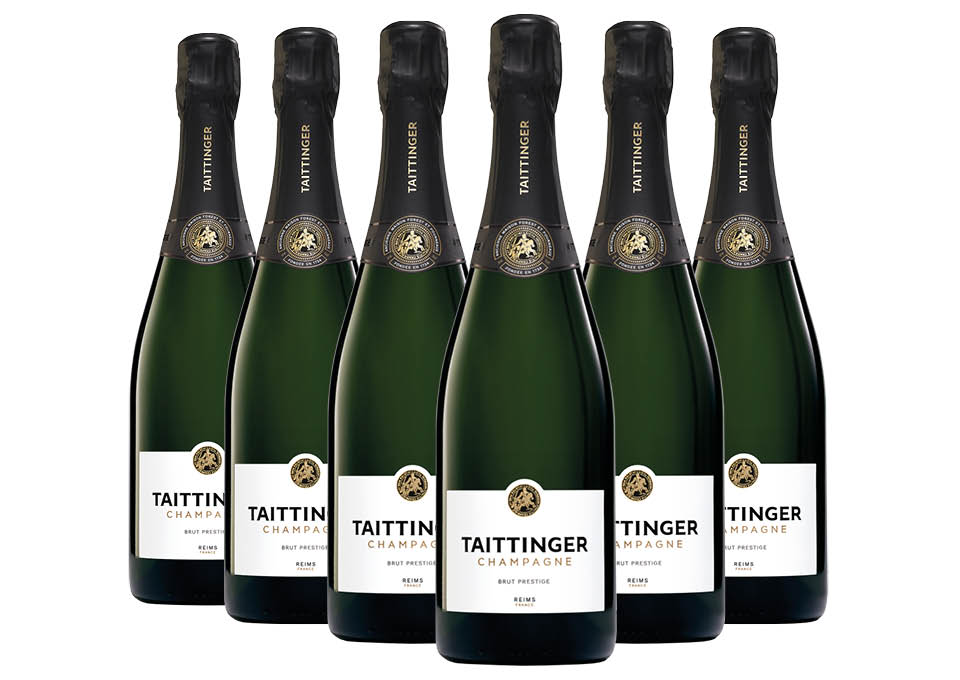Chardonnay
Chardonnay is a semi-aromatic white grape variety originating from Burgundy and today widespread in many countries such as Italy, United States, Chile, Australia, South Africa, New Zealand, Israel and Argentina. Especially in Burgundy the Chardonnay has an early ripening which subjects the plant to spring frosts especially in the flat areas. A very versatile grape, Chardonnay lends itself to the production of fresh and young wines, as well as to products suitable for aging after a long phase of aging in barrique. Late harvesting often represents a problem due to the loss of acidity necessary to confer the conservation capacity for products falling within this category. In Italy, with 20.00 hectares dedicated to its production, Chardonnay is successfully produced in Piedmont, Trentino, Aosta Valley, Friuli Venezia Giulia, Lombardy where the acidity is more marked, while the diffusion in regions such as Apulia and Sicily is suitable for the production of wines with greater body and roundness. Therefore, there are many appellations that welcome Chardonnay such as South Tyrol, Castel del Monte, Trento, Trevenezie. The debate on the use of wood is still open, used both in the fermentation and aging phases, remaining a decisive choice in defining the style and recognisability of the producer. In particular, California has adopted this production style for Chardonnay, getting used to rich and dense wines, of great aromatic depth and very different from those produced in Burgundy. To understand the versatility of Chardonnay it would also be enough to compare the Chardonnay from the Chablis region with that produced in the more famous Burgundian area of the Côte de Beaune and in particular from the villages of Meursault, Puligny-Montrachet, or from more southern areas such as Mâconnais. Of particular interest is the New Zealand Chardonnay, with greater acidity, with an aromatic range including exotic fruit, floral scents and evident herbaceous tones. If we look at Chile, Chardonnay comes from the region of Casablanca, Leiden Valley and Lìmari Valley. In Chile, the quality of the Chardonnay produced depends enormously on the presence of the oceanic climate that influences the coastal regions: lemon peel, green apple and nuts combine with intense minerality, resulting from the ripening of grapes subject to the presence of cold current of Humboldt from the Pacific. This type of Chilean Chardonnay, notoriously not aged in cask, is suitable for sushi dishes, seafood, white meat dishes and risottos with vegetables. Straw yellow in color, Chardonnay gives wines with hints of tropical fruits such as mango and pineapple, which evolve into hints of dried fruit such as almond and hazelnut, expressing, especially following malolactic fermentation and aging in barrique, aromas of butter and vanilla. Ideal in combination with foie gras and soft cheeses.
Buy Chardonnay
Buying Chardonnay on our site will be a useful and fun experience. In fact, thanks to our optimized search, you can buy the Chardonnay you are looking for with minimal effort and identifying exactly what suits your taste. You can try Planeta's Sicilian Chardonnay or experience the freshness of Ronco del Frassino. You will get to know the Savoy style or take a jump in the mountains with Tramin. If you want to try something international you can buy your Chardonnay ranging between Chile, New Zealand, United States, South Africa. Each of our Chardonnays is waiting for you. Have fun trying this grape variety and you will see that buying Chardonnay online will be a real pleasure!
Does sparkling Chardonnay exist?
Chardonnay is the basic grape variety in the production of Champagne and Franciacorta, both considered sparkling wines obtained with the Metodo Classico, a process that involves a second fermentation in the bottle. A base wine to which carbon dioxide is added and which is then stored in the bottle under pressure is usually defined as 'artificial sparkling'.
What are the characteristics of the Chardonnay grape?
Chardonnay grapes have medium sized clusters with a pyramidal and compact shape. The berries are medium-sized and yellow in color tending to golden. It is a variety with high vigor and usually tends to preserve the acidity of the fruit both to facilitate the production of sparkling wines and to maintain a good aging capacity. It develops very well on hilly soils with calcareous soils and shows extreme sensitivity to spring frosts due to early budding.
What are the best Italian Chardonnays?
Italy is rich in great examples of white wines and among the best Chardonnays can be considered: those from regions such as Trentino, South Tyrol and Friuli-Venezia Giulia, united by a colder climate that allows the development of greater minerality and hints that recall an evident acidity such as green apple, lime and pleasant herbaceous notes. On the contrary, Chardonnay bred in the southern regions of the peninsula is aided in maturation by losing part of the acid charge and presenting a more consistent body and hints of yellow and tropical fruit.


















